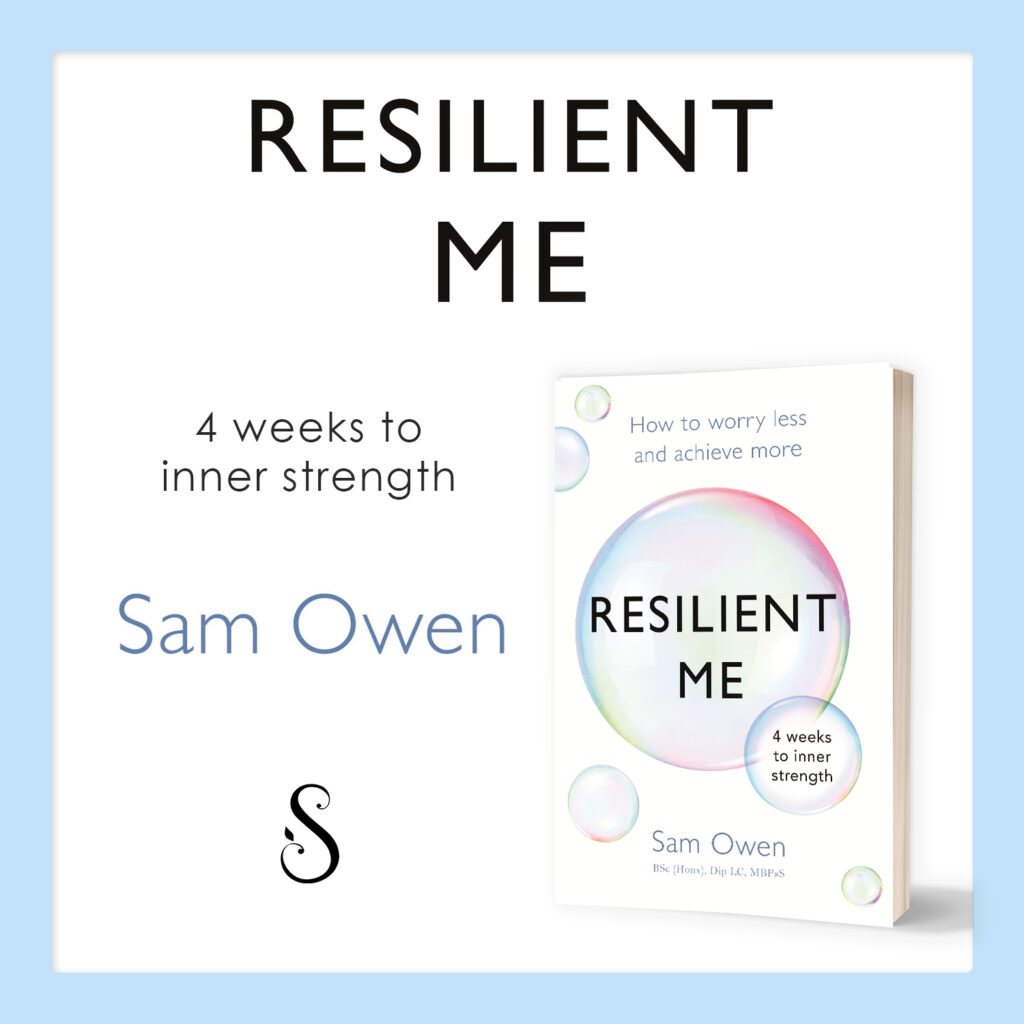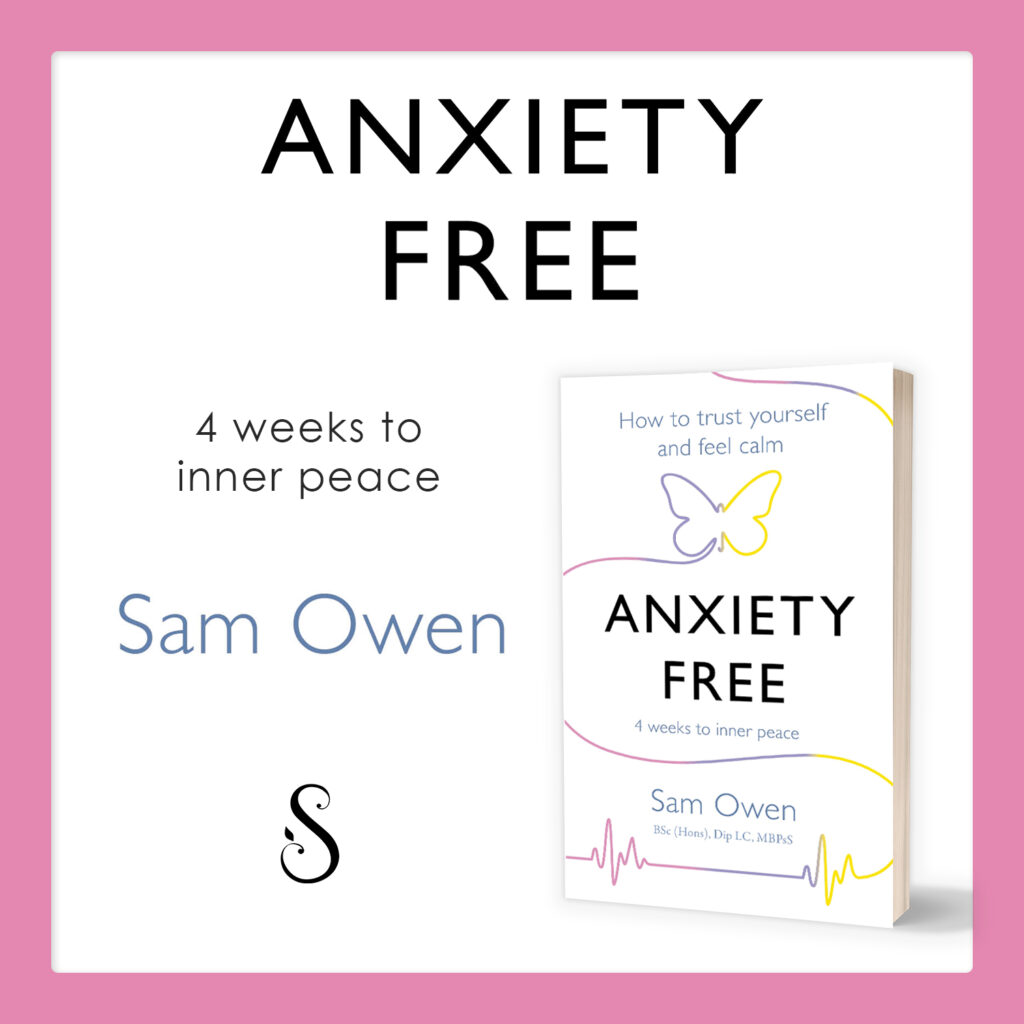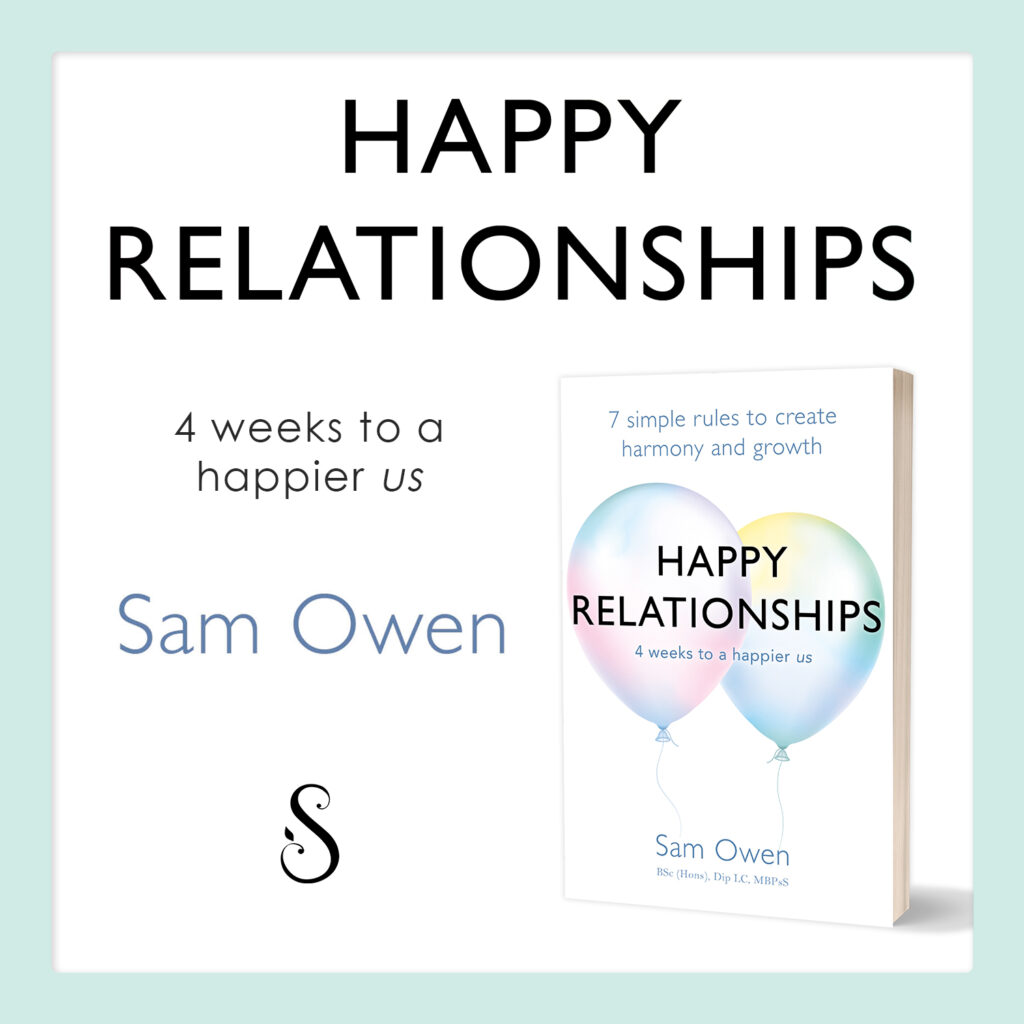
Talking positively to ourselves and others reaps major rewards but whilst we need to choose our words wisely and show love and appreciation, for a happy, healthy relationship to exist, it’s the conflict between you that can disrupt your health and well-being, as well as dampen, or even destroy, the relationship.
Often times, when couples come for relationship coaching, it’s not the lack of positive communication but the sheer volume of negative communication that is breaking them. The negative is corrosive to your personal health and the health of your relationship.
Imagine for a minute that 50% of your communication is positive and 50% is negative, how happy and satisfied with your relationship would you feel overall? Probably not that happy or satisfied as time goes by.
Research Into The Power Of Negative Communication And Positive Communication
In recent research, three longitudinal studies were analysed and it was found that, more than positive communication predicting relationship satisfaction over time, it was when couples experienced less negative communication than normal, that they experienced more relationship satisfaction [1].
So eliminating the negative communication from your relationship is always a good place to start. It also makes the other relationship building activities more enjoyable and effective. It’s like when the grey clouds move away and the sun starts shining on you again. That mood uplift you get is important.
What Happens If Your Communication Is 90% Negative Communication And 10% Positive Communication
Think about how negative communication can make you feel more pessimistic about your relationship and life in general.
Negative words can also shut your critical thinking mind down because negative words can put both the speaker and the listener into fight-or-flight mode [2]. Because of the nature of this survival mechanism, being in fight-or-flight mode leads to less problem-solving thinking and more defensive, reactive behaviour. And that’s a recipe for relentless relationship problems.
Plus, if you’re frequently communicating negatively, you’ll both experience a cycle of focusing on problems and playing the blame game and feeling self-pity instead of playing like a team.
Team players say, ‘What can we do to fix this for once and for all?’
If that’s rarely the focus in your relationship, and instead it’s more about regurgitating the issues, reminding the other person of how disappointed or hurt you are, but not seeking solutions together, then you’re playing on opposite teams. And romantic relationships require you to play on the same team.
What Happens If Your Communication Is 10% Negative Communication And 90% Positive Communication
On the flip side, let’s imagine only 10% of your communication is negative and 90% is positive.
When you say far less negative things and argue less, you’re greater inclined to be proactive about having fun together, and having emotional/physical/sexual intimacy together, all of which does improve how close you feel to one another and how satisfied you feel in your relationship and with your life.
For example, attempts at physical intimacy among married and cohabiting couples results in more relationship satisfaction, better couple communication and less couple conflict [3].
And it’s a lot easier to be that way with one another when you’re not frequently communicating negatively with each another.
Plus, when problems do arise, your brain can more easily focus on solutions when you’re communicating positively as you’re not in fight-or-flight, leaving your pre-frontal cortex free to use its critical thinking, problem-solving, decision-making capacity, well.
It’s important to remember that you have a choice over how you communicate about the problems and issues in your relationship or that you’re having personally, when seeking help and/or change from your romantic partner.
Eliminate The Negative Communication
Always remember, negative communication highlights that something needs resolving and that’s the key thing to pay attention to.
‘If an argument or other problem keeps cropping up in your life, it’s because you haven’t learnt the lesson it’s trying to teach you.’ [Happy Relationships]
Use these 4 steps to resolve any repeat issues so that they’re no longer disrupting your relationship:
1. Identify repeat arguments or problems.
2. Get to the root of what’s really causing those arguments or problems.
3. Identify the goal – what the ideal situation/outcome would be for both of you.
4. Find a solution that will make both parties satisfied with the end result.
Two Happy People Make A Happy Relationship
‘You must ask for what you want and need, and:
- if they don’t give it, you need to find out why;
- if they don’t want to give it, you need to find out why;
- if they can’t give it, you need to decide if you can be without it.
‘The other person should be asking the same questions of you.’ [Happy Relationships]
Positive Communication Still Matters, A Lot!
‘You have to tell each other what you want in a relationship…But how you word things matters. Words are instructions for the brain. Think about whether the words you are using are taking your relationships where you want to go…thoughts steer the direction your life is travelling in. Are you planting seeds of hope or doubt in the other person’s mind, of love or hate, of empowerment or disempowerment, of appreciation or complacency, of confidence or insecurity, and so on? Whatever you focus their mind on, they will be influenced to work towards, consciously and subconsciously, and the more time you spend with someone, the greater access you have to controlling their mind. This is why psychologically abusive partners can destroy a person’s self-esteem and perspective so easily over time, because they can control what they think, feel and do so easily with their words. Regardless of whether you’re communicating on autopilot or thoughtfully, you are still shaping their happiness, health and success with your words. For example, if you frequently tell them, ‘You’re going to let me down as you always do,’ chances are they often will, because you have told their brain to work towards always letting you down. That’s the instruction you’ve given them, albeit by accident.’ [Happy Relationships]
Combine Finding Solutions For Your Problems With Positive Communication
So the key is to use as much positive communication as possible whilst simultaneously focusing on solutions. And it’s actually pretty easy when you stop making excuses for your negative communication style.
You can be sad, angry, frustrated, worried or anxious, but you can still talk to your beloved with compassion and respect.
Maybe you just need to regulate your emotions before engaging in an important conversation; something I cover in Happy Relationships.
Or maybe you actually need to gain some clarity within your own mind first, about what’s bothering you and how you can best communicate this to your partner, compassionately and respectfully.
Once you are clear on what’s bothering you and you do know what you want to say, it’s important to work out how to say what you want to say, with a focus on the solution and end goal.
The words you use tell your brain and the brain of the person you’re speaking to, what to focus on. So talk in terms of solutions and goals so that that is what their mind is focused on. Even when they’re distracted with a million other things going on in their life, at least their mind knows the important aspects to focus on. And you determine with your choice of words, what those important aspects are.
Focus your communication on the proposed or definite solutions and goals, or ask questions that focus on the search of the ideal solutions and goals.
Below are examples of how you could discuss the fact that you are in desperate need of some me-time for self-care.
How you could negatively communicate this:
‘I am so fed up of constantly running around, I do everything around the house and with the kids and I feel like I am losing my mind.’
How you could positively communicate this:
‘I am so exhausted by everything I am undertaking that I know I would be a better partner and parent and a happier person all round if I could have some me-time for self-care reasons but in order to do that I would need some help from you with some of the household activities. Please would you help me? What would you be happy to take on that would free up some of my time?’
Notice how in the negative communication example the focus is on the problems and the misery and there is also an inadvertent snipe in there aimed at one’s partner.
Maybe the person crying out for help does not actually ‘do everything around the house and with the kids’ and the partner does in fact contribute. Not only would that inflame the situation, it could also, annoyingly, become the focus of the discussion, all the while leaving the concerning issue unresolved.
Or maybe the person crying out for help does actually ‘do everything around the house and with the kids’ but in this communication is not demonstrating appreciation for how their partner contributes in other significant ways, perhaps in ways that allows the upkeep of their lifestyle. And maybe this is what both partners agreed upon at one point but now that system simply needs tweaking. Not recognising the other person’s role or not acknowledging that one’s wants and needs have simply changed does not exactly make for a great resolution finding conversation. Instead, it likely breeds discontent and over time, if repeated and repeated, it may breed contempt.
So learn to say what you want to say, compassionately and respectfully, with a focus on the solution and end goal.
Focus On What You DO Want
Remember that researchers have found that more than positive communication, couples experiencing less negative communication than normal, predicts relationship satisfaction over time.
This also suggests that you don’t even have to be communicating amazingly all the time. As long as, as time goes by, you are both increasingly communicating less negatively, you will experience greater relationship satisfaction. So being a work in progress as a team is what you’re actually aiming for. Take it minute by minute, day by day, week by week, and just keep getting better.
Share your wants and needs without the blame game or a pity party. You’re a team. Work out what will make the team play better.
Acknowledge and show gratitude for the growth you are both showing. And keep taking ownership of your own progress.
And always focus on solutions, mentally and verbally, because your mind and body will automatically work towards whatever you frequently focus on.
How To Communicate Better With Your Spouse
References
1. Johnson, M. D., Lavner, J. A., Mund, M., Zemp, M., Stanley, S. M., Neyer, F. J., Impett, E. A., Rhoades, G. K., Bodenmann, G., Weidmann, R., Bühler, J. L., Burriss, R. P., Wünsche, J., & Grob, A. (2022). Within-Couple Associations Between Communication and Relationship Satisfaction Over Time. Personality and Social Psychology Bulletin, 48(4), 534–549. https://doi.org/10.1177/01461672211016920
2. Newberg, A., and Waldman, M. R. (2012). Words Can Change Your Brain: 12 Conversation Strategies to Build Trust, Resolve Conflict, and Increase Intimacy, New York: Avery.
3. Leavitt, C. E. and Willoughby, B. J. (2015). Associations Between Attempts at Physical Intimacy and Relational Outcomes Among Cohabiting and Married Couples. Journal of Social and Personal Relationships, 32(2): 241–62.
Self-Help Courses Relationship Coaching Dating Coaching Anxiety Coaching Confidence Coaching

























